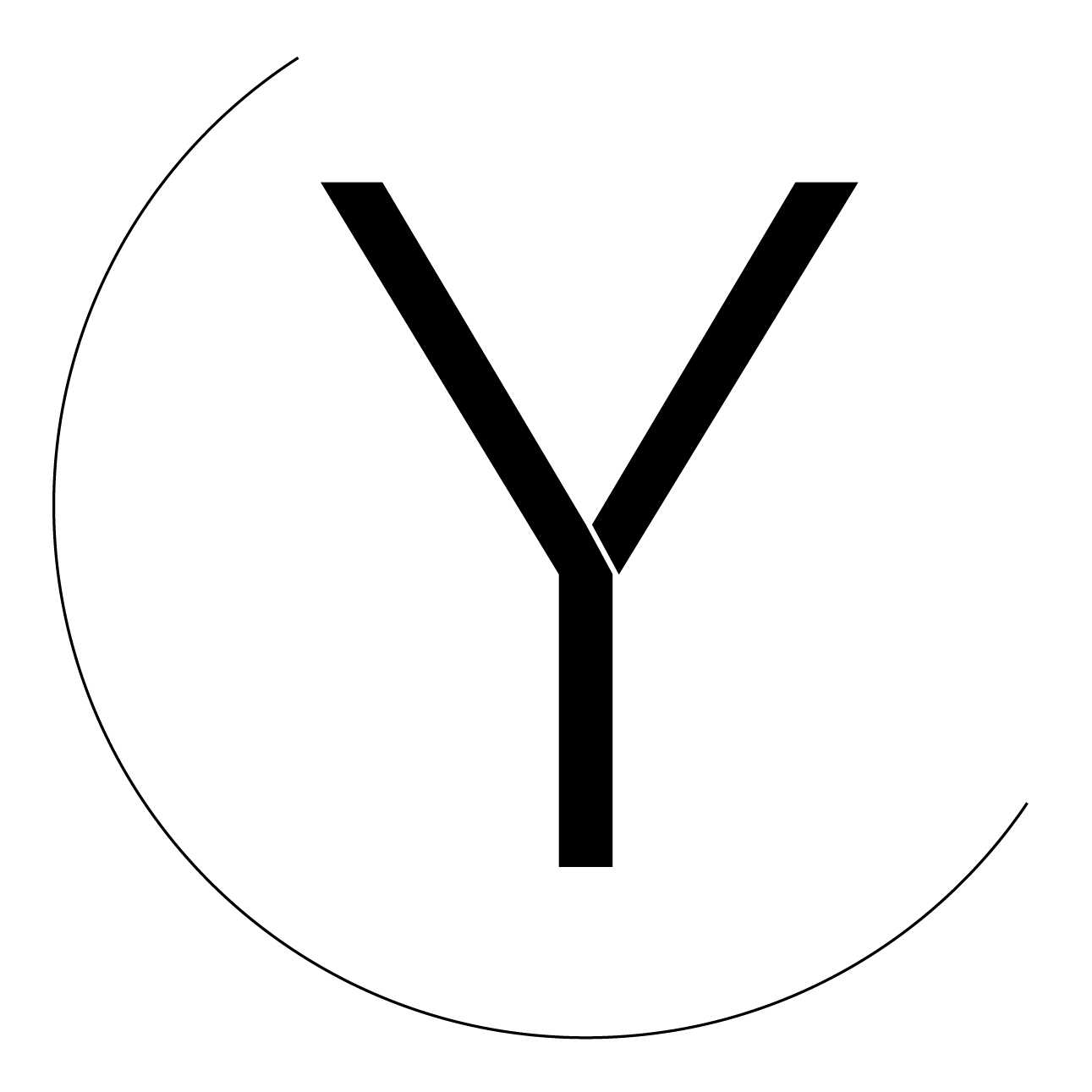SELF-TRUST WHEEL — GUIDED SELF-ASSESSMENT





SELF-TRUST WHEEL — GUIDED SELF-ASSESSMENT
The SELF-TRUST WHEEL is a powerful, interactive, and reflection-provoking tool designed for those who want to reconnect with their inner compass, make peace with uncertainty, and grow their confidence from the inside out.
Who Is This For?
If you’re feeling unsure, doubting yourself, or wrestling with overwhelm — or you simply want greater awareness of your patterns and choices — this tool is for you. Whether you’re a high-achiever, a leader, or someone in a period of transformation, the SELF-TRUST WHEEL helps illuminate your path forward.
The Benefits
✅ Identify where your trust is strong and where it’s shaky
✅ Develop greater awareness of your own needs, boundaries, and desires
✅ Transform overwhelm into confidence, peace, and forward momentum
✅ Take small, realistic action steps toward trusting yourself more — starting today!
What’s Inside
This interactive, printable guide walks you through 8 key facets of self-trust — from trusting your intuition, decisions, and worth, to honoring your desires and setting healthy boundaries. It includes affirmations, reflection prompts, scoring tools, and space for you to identify your growing edges.
At the end, you’ll create a small but powerful action plan to foster greater self-trust and ease in your daily life.
One-time investment. Lifetime tools.
→ Click below to get your copy now.
What’s Inside This 17-Page Digital Workbook:
Client Self-Assessments
Discover your current boundary type + your unique communication style.Psychology-Backed Insights
Learn why your boundaries get crossed—and how to stop it before it starts.Real-Life Scripts & Speech Techniques
Get the exact words to say when you need to say “no,” ask for space, or stand up for yourself.Self-Coaching + Reflection Prompts
Created by an Identity Psychologist and International Clarity Coach—designed to give you breakthrough clarity fast.Practical Tools You Can Apply Immediately
Including:5 guilt-free ways to say “no”
The 4 boundary types you must master
Speech self-defense techniques to avoid overexplaining or emotional shutdowns
Active listening techniques for deeper connection (even during hard conversations)
